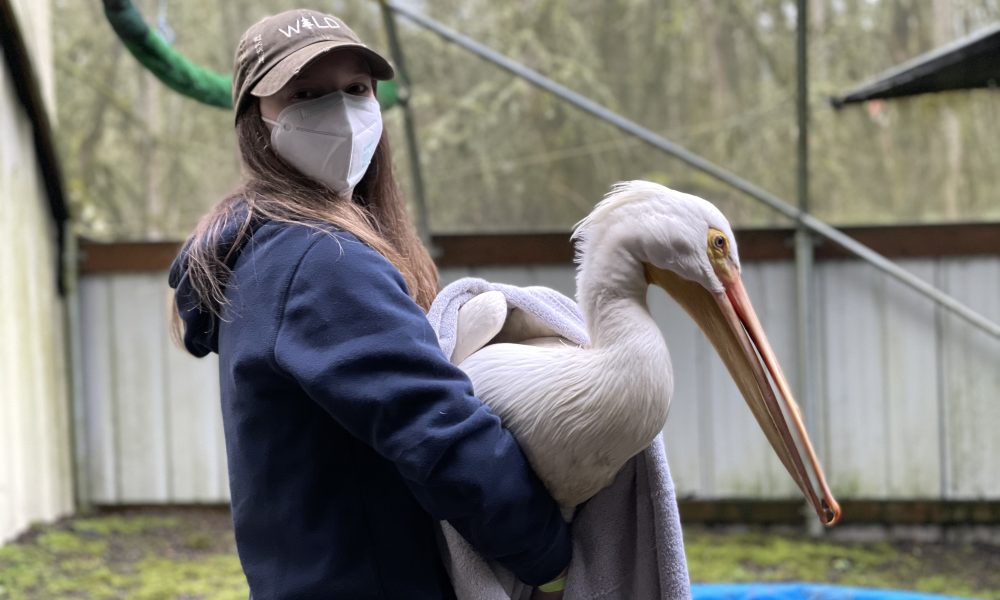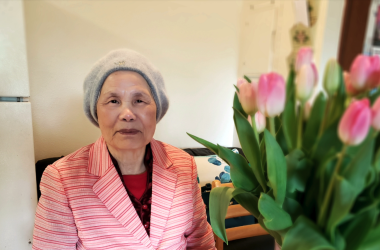The staff of Chintimini Wildlife Center in Corvallis have the health of more than 2,000 wild animals of Oregon in their hands each year, including those found in Salem. Recent closures of other local wildlife centers led them to become the only facility left in the Willamette Valley that supports this range of creatures.
But Chintimini is facing a dire financial situation.
This year, the center has seen donations drop 90%, leading to a 256% decline in revenue. The cost to run the center each year is about $700,000, and continues to increase due to inflation and demand for services.
Chintimini could face drastic cuts to services if this doesn’t change, to the detriment of the thousands of animal species native to Oregon they service and educational programs in Salem and throughout the Willamette Valley.
“We would have to significantly decrease our programs. We’ve already had to make those difficult decisions thus far. It has impacted wages, it has impacted the services we can offer,” Catherine Mendez, executive director, said. “I don’t know if we’ll be able to serve that full capacity anymore. Instead of being a public service, we will have to mitigate some of those expenses and really think about (how) we can actually serve.”
They are now calling on the communities they serve across Oregon for help to keep the center afloat.
Who they are
Chintimini has been caring for Oregon’s animals for 33 years, Mendez said. They have about a dozen staff members, including veterinarians, wildlife specialists and education program leaders. There are nearly 10 acres for the facilities that include animal enclosures, clinic spaces to rehabilitate wild animals, yurts and other cabins for summer camps, nature areas for the local community to access and more.
There are 18 licensed wildlife rehabilitators in Oregon, according to the Department of Fish and Wildlife. Chintimini is one of just three licensed to care for mammals, reptiles, birds and amphibians which also has a vet on staff.
Each year, Chintimini takes in and cares for about 2,000 animals of various species who are injured or orphaned, but their service area has expanded dramatically in the last few years due to the loss of other wildlife centers throughout the Willamette Valley.
Turtle Ridge Wildlife Center, which was located in Salem and had been caring for animals since 2005, lost its state rehabilitation license last year after taking in a black bear yearling. The center took in the bear after it was found in the Detroit area in the burns scars of 2020’s destructive Beachie Creek Fire on April 1, 2021. Oregon Department of Fish and Wildlife revoked the center’s license on April 23, stating they had violated a section of the wildlife rehabilitation permit after failing to report to ODFW immediately after taking in the bear.
The loss of Turtle Ridge as a resource left Chintimini as the only remaining wildlife rehabilitation center in the Willamette Valley. As a result, Chintimini has expanded the last couple of years from only servicing Benton County, to now encompass six counties total that include the major metropolitan areas of Salem and Eugene.
While they were fortunate to be able to expand services, it did affect the wildlife center’s operations, Mendez said. Between 20-30% of the animals the center receives come from Salem, and another 30% come from Eugene, she said.
“Our main supporters are within the Corvallis community. Salem and Eugene don’t really realize we’re here because this is a particular niche,” said Mendez. “Not a lot of people are aware that wildlife rehabilitation is even something that they can pursue or use as a service.”
Chintimini Wildlife Center also has an education department that provides services, presentations with animals and learning opportunities for local schools in Oregon, including bilingual classes and presentations in Spanish.
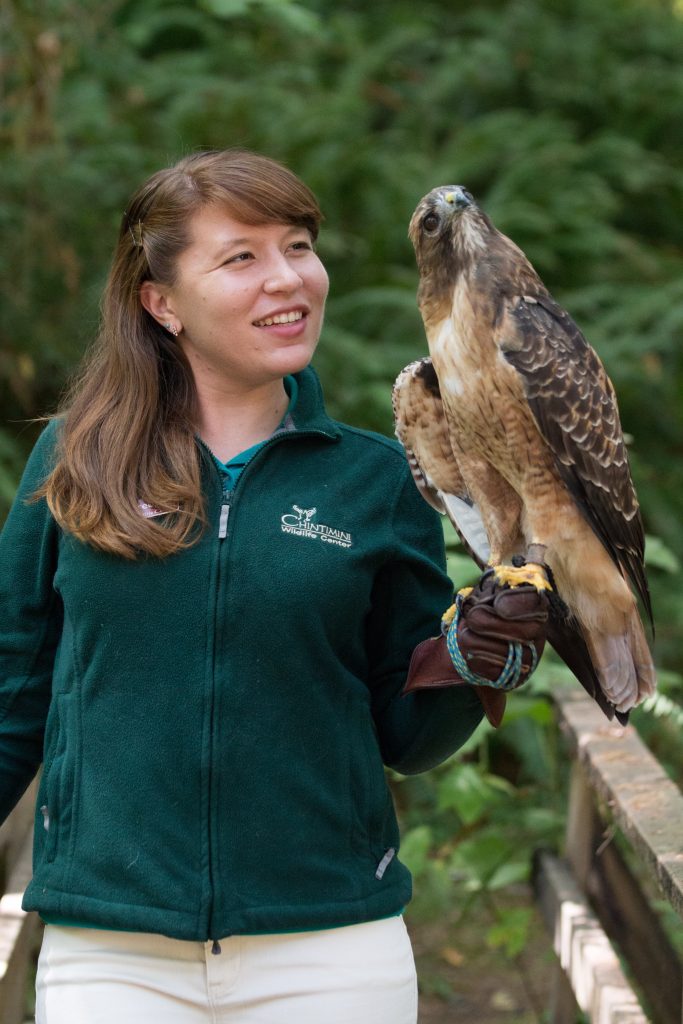
They partner with Oregon’s Girl Scout troops, schools, assisted living homes, correctional facilities, and local organizations throughout Corvallis, Salem and Eugene. They also provide “wild encounters” where people can see some of their 11 birds of prey, such as owls, up close and personal instead of behind the fence.
They also provide presentations of the animals to every second grade classroom in Benton County through a grant program, said Bree Hinricher, the center’s education curator, and teachers are able to apply for them to come in and connect with students.
“We also do field trips. We try to offer as many options because we want to be able to get ourselves out there and get this education out there,” Hinricher said. “To be able to see animals in person is an integral part of our education (program), and what really helps those people of all ages be able to make a personal connection with that animal.”
Major impact points
As a nonprofit organization, the wildlife center is completely run by donations and grants, Mendez said. They do not receive any sort of government compensation, which means things have been tough the last few years with fewer visitors and higher cost of living.
“The donations that we get not only help pay for the care of the animals – that helps pay for their food, hoses and things to take care of their enclosures, maintenance of their areas, and making sure that we have good water to give to them because all of our water systems are on site,” said Hinricher. “All of that money goes towards taking care of them but also it goes towards making sure that we have paid and well-educated staff members that can go out and do these things.”
Covid affected the center by decreasing the presence and visibility they were able to have with the community, Mendez said, and while people were still very willing to support nonprofits during the peak pandemic, the rising cost of living has negatively affected their donations as of late. This is on top of the new expanded service area following Turtle Ridge’s closure.
“Since those (other center) closures we’ve now expanded and seen an increase in patients, but the donations don’t equate to our increase in patients,” Mendez said.
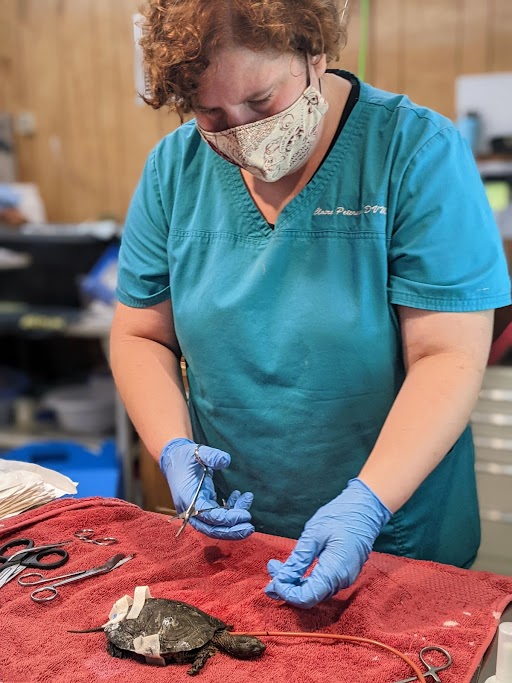
They’ve also had various genetic disease outbreaks among animals the last two years, which has led to some image issues for Chintimini.
“Unfortunately, ODFW says we are no longer able to rehabilitate as long as a zoonotic outbreak is happening, and we do have to humanely euthanize these animals,” Mendez said. “It causes a lot of heartbreak and distress as a community, and justifiably. So having that negative connotation of being unable to rehab specific species, I think this all has compounded to a decrease in our donations overall.”
While ODFW does not typically provide funding support for these centers, the agency is proposing a $300,000 grant program as part of an increased Wildlife Co-existence Program for its next requested budget (2023-25), spokesperson Michelle Dennehy told Salem Reporter.
“Oregon’s wildlife rehabbers are private, not for profit grassroot organizations that are mainly funded through self-fundraising efforts,” the request reads. “Wildlife rehabbers are permitted by the Department and provide a great service to Oregon. Adequate funding is needed to support the holding and treatment of injured and orphaned wildlife. A grant program to support these groups is required: $300k (amount modeled after Washington).”
This will be contingent on the governor’s recommended budget for the next biennium.
Record inflation has affected Chintimini as well, devaluing its yearly budget as its purchasing power decreases with rising expenses of medical supplies and basic supplies for operations, Mendez said.
Because of the financial losses, center staff have already had to take pay cuts and reduce services. They’ve taken voluntary furlough weeks, and had to decrease staff. However, the impacts should they keep scaling back would ripple out into the community in far greater ways.
“I do think that would impact our ecosystem and our environment in ways that we don’t see unless you’re within this job,” Mendez said. “You would see a drastic impact on the animals in big metropolitan areas such as Salem, Corvallis, (and) Eugene.”
They provide a lot of care for animals during the holiday seasons, for example, who get trapped in decorations or eat bleached pumpkins and get sick. Chintimini would likely have to cut crucial veterinary needs such as doing x-rays. The center also often provides care for sick or injured migratory birds, which affect multiple states’ ecosystems.
“Those migratory birds would unfortunately pass away. We wouldn’t have those services to be able to treat in the same capacity,” Mendez said. “That not only impacts Oregon, but a much bigger scope, because these are migratory species – they need to move and they move through seasons, and without this critical, essential service that’s a big way that it would impact our migratory bird season.”
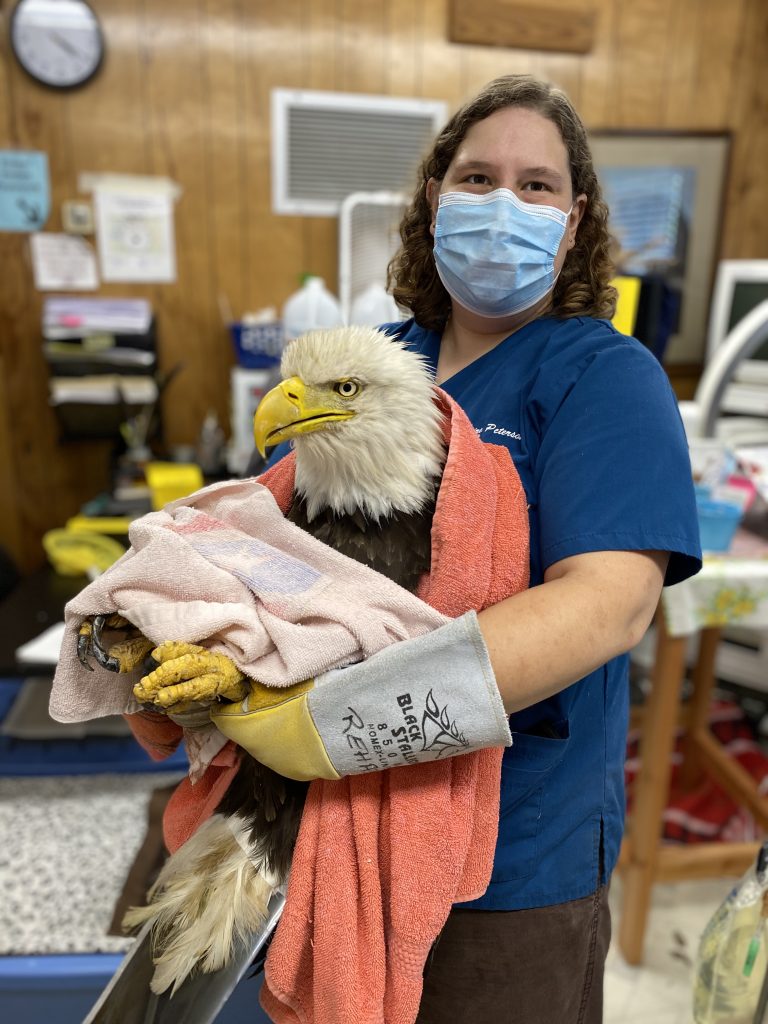
What’s next
There are some areas of major immediate need for Chintimini.
The first is to secure their financial success this year and in the future. If people have the capacity to give financially, that’s what would help the most, Mendez said. “Just for us to continue to be able to provide essential services to wildlife and keep an educational environment, we need to have those resources to be able to do that as a nonprofit. We survive through the community’s help.”
Mendez said they also need assistance with upkeep and needed updates for outdated buildings where they provide the care to animals, so any resources or connections for capital improvement or infrastructure support would be helpful.
“A big point of struggle that Chintimini is facing right now is that we need our infrastructure improved. The current hospital has been around for 20 years. It’s a modular facility that is extremely small and with our region expanding consistently, we just no longer have the capacity to serve in the exact same way as we did previously,” Mendez said. “So for us a big goal is to be able to raise enough funds to be able to not even build a brand new hospital, but just to start with an in-between facility which costs around $300,000.”
Corporate sponsorships would also provide relief to the nonprofit, to help keep the trained, knowledgeable staff they have to care for the animals, especially now that they are caring for so many more in Salem and Eugene as well. It would also allow them to keep providing the crucial educational programs for students in the area and expand to other schools.
“For us to expand even more, we need to have the capacity. In June 2021, we ended up having to limit our admission due to lack of capacity and lack of space,” Mendez said. “So if anyone has contacts with corporate sponsorships that are willing to help us get to that next step, that is something that we greatly need.”
For more information or to get in touch with the Chintimini Wildlife Center, visit chintiminiwildlife.org
Contact reporter Jordyn Brown at [email protected].
JUST THE FACTS, FOR SALEM – We report on your community with care and depth, fairness and accuracy. Get local news that matters to you. Subscribe to Salem Reporter. Click I want to subscribe!

Jordyn Brown is an Oregon journalist who formerly worked for the Eugene Register-Guard.

